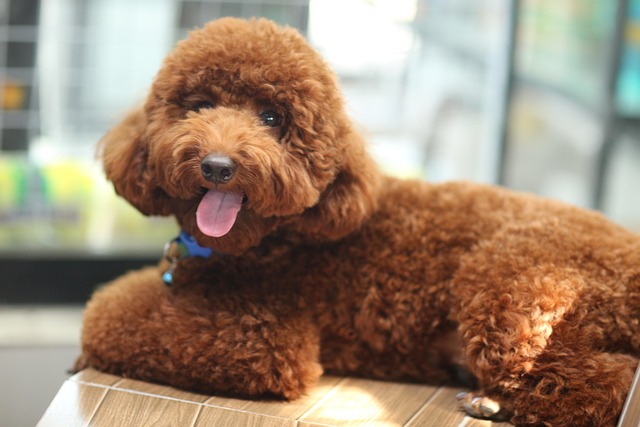
How do you treat respiratory problems in dogs?
Watching your dog struggle to breathe—whether it’s rapid panting, wheezing, or gasping—can be terrifying for any pet parent.
I sat with my friend Zoe on her patio last night, where her 8-month-old Shih Tzu, Mochi, was pacing back and forth by the door—sniffing the ground but not peeing, even though he’d been outside for 20 minutes. “He got neutered two days ago, and now he’s struggling to go. Is it normal for a dog to have trouble peeing after being neutered?” Zoe asked, petting Mochi’s back anxiously. If you’re a new U.S. dog owner noticing your pup having trouble peeing post-neuter, it’s normal to worry—but the answer depends on how much trouble they’re having. Mild hesitation or infrequent peeing is common for 1–2 days, but severe straining needs a vet visit right away.
To understand why this happens, let’s break down the post-neuter body changes: Neutering involves a small incision near the groin, so even gentle movement can feel sore. Mochi’s vet explained that dogs often hold their pee because positioning to urinate (like lifting a leg) pulls on the incision, causing discomfort. Anesthesia also dehydrates dogs—less water in their system means less urine, so they might not feel the urge to go as often. Stress from the surgery can also relax or tense the bladder muscles, making peeing tricky. The key difference: Mild hesitation (sniffing, taking a few minutes to start) is normal, but straining, whimpering, or not peeing at all for 12+ hours is a red flag (it could mean a urinary blockage, which is rare but serious).

Here’s how to tell if your dog’s peeing trouble is normal, plus steps to help: First, offer small sips of water often. Dehydration makes peeing harder, so give your dog 1–2 tablespoons of water every 30 minutes (don’t let them chug—too much too fast can upset their stomach). Zoe set out a small bowl and refilled it frequently, and Mochi started drinking more within an hour. Second, create a calm potty space. For apartment living, take them to the same quiet spot outside (avoid busy streets or dog parks) and stand still—your stress can rub off on them. Zoe took Mochi to the back of their building, away from traffic, and he finally peed after 5 minutes of calm waiting. Third, avoid forcing positions. Don’t tell your dog to “lift their leg” or push their belly—let them choose a comfortable stance to avoid straining the incision. Fourth, know when to call the vet. If your dog strains for 10+ minutes without peeing, whimpers while trying, or hasn’t peed in 12 hours, go to the vet immediately. Mochi never reached this point, but Zoe saved the after-hours vet number just in case.
When walking your recovering dog, keep the leash loose (tight leashes add pressure to the incision) and skip long walks—stick to 5-minute potty trips. Always carry poop bags (cities like Austin fine $100 for leaving messes) and avoid rough play until the vet clears them. Never scold your dog for struggling to pee—they’re not being stubborn, and punishment violates U.S. animal welfare standards. Keep their rabies vaccine up to date (required nationwide)—vet follow-up visits are a good time to ask about post-op bladder health.
By the next day, Mochi was peeing normally again. Is it normal for a dog to have trouble peeing after being neutered? Mild hesitation, yes—but always trust your gut. If something feels off, your vet is there to help.

Watching your dog struggle to breathe—whether it’s rapid panting, wheezing, or gasping—can be terrifying for any pet parent.
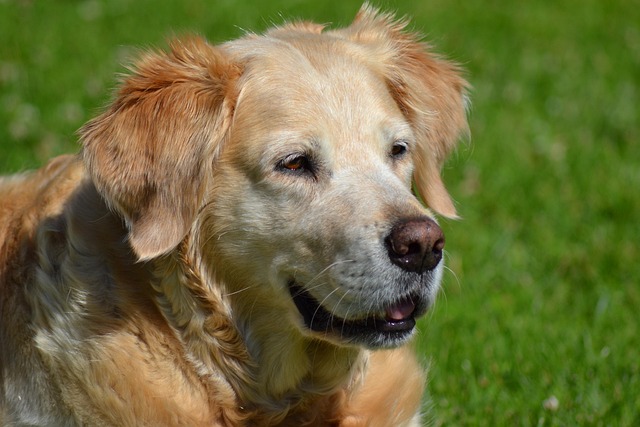
I sat with my friend Jesse on his Arizona patio last Tuesday, where his 1-year-old Beagle, Buddy, lay listlessly by the water bowl—Jesse held up a soiled paper towel, sighing.
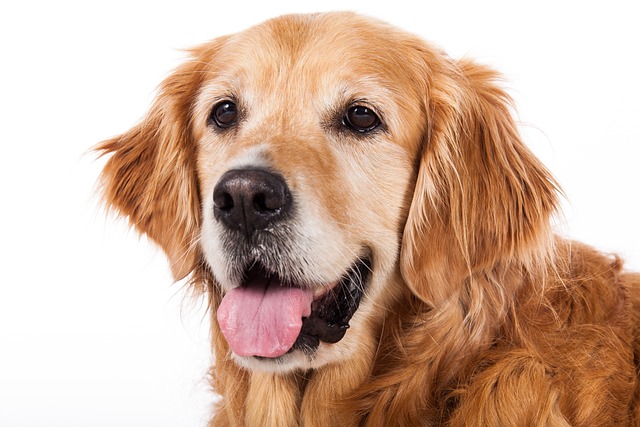
I sat with my friend Alex on his porch last weekend, watching his 18-month-old Border Collie, Charlie, scratch at his paws until they turned pink
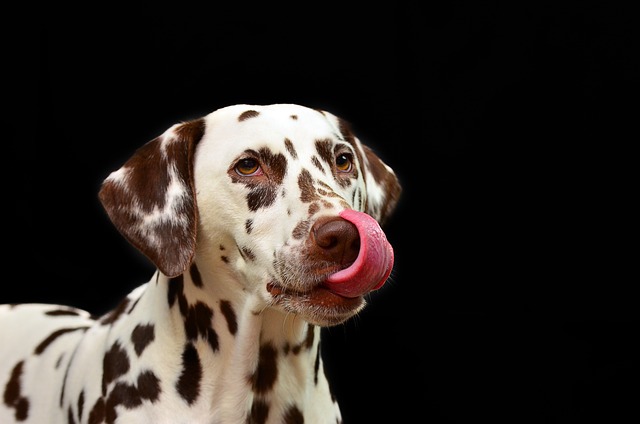
When you notice your dog coughing more than usual after a walk in the park, or hear a wheezy sound when they curl up to sleep, it could be a sign of kennel cough—a condition vets see more than any other respiratory issue in dogs.
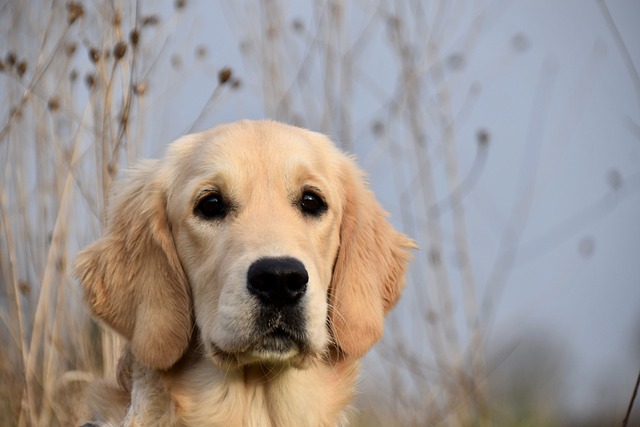
I sat with my friend Jamie on her kitchen floor last week, staring at her 3-year-old Lab mix, Max, who’d turned up his nose at his favorite chicken kibble
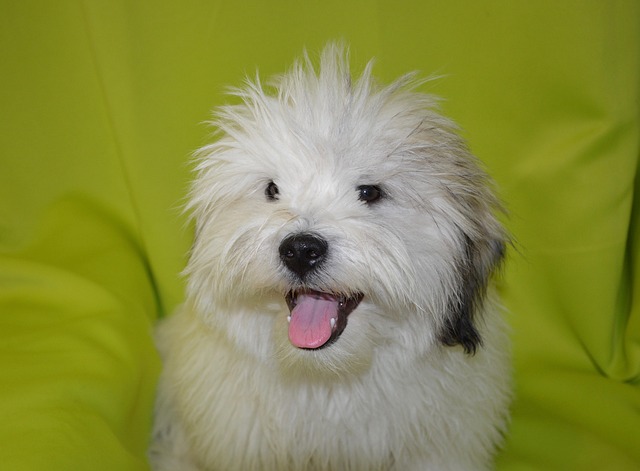
Caring for a dog means staying alert to small changes in their health, and skin issues are some of the most common signs something might be off.